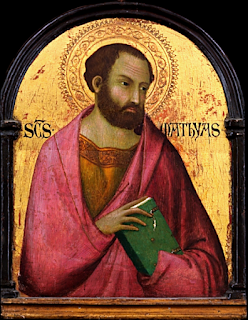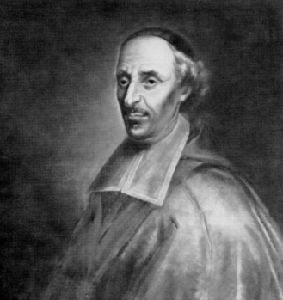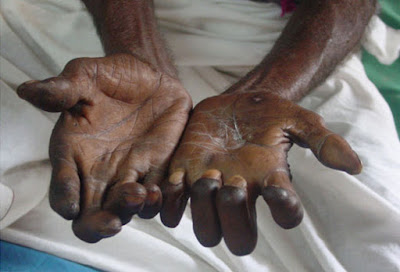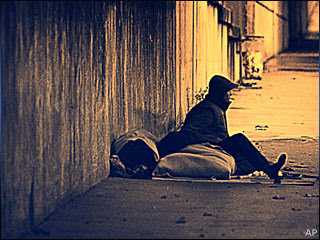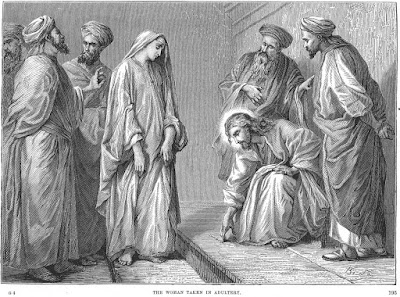Friday of the First Week of Advent: Blessed Ivan Sleziuk

Ivan was born in 1896 in the village of Zhyvachiv (in modern-day Ukraine). He was ordained a priest in 1923. In April 1945, Bishop Hryhory Khomyshyn, Greek Catholic eparch of Stanislaviv (now Ivano-Frankivsk), ordained Ivan as coadjutor bishop with the right to succeed him in case Bishop Khomyshyn should be arrested or killed by the Communist leadership. However, on June 2, 1945, Ivan was arrested and deported to the labor camps in Vorkuta, Russia. In 1950, he was transferred to labor camps in Mordovia, Russia. Following his release in 1954, Ivan returned to Stanislaviv. He was arrested again in 1962 and imprisoned for five years in a camp known for its harsh treatment of prisoners. Although he was released on November 30, 1968, he was interrogated by KGB officials every few weeks. The last visit was two weeks before his death, which was on December 2, 1973, in Stanislaviv. Because of his imprisonment and suffering, Blessed Ivan Sleziuk is honored among the “ Martyrs Kill...


